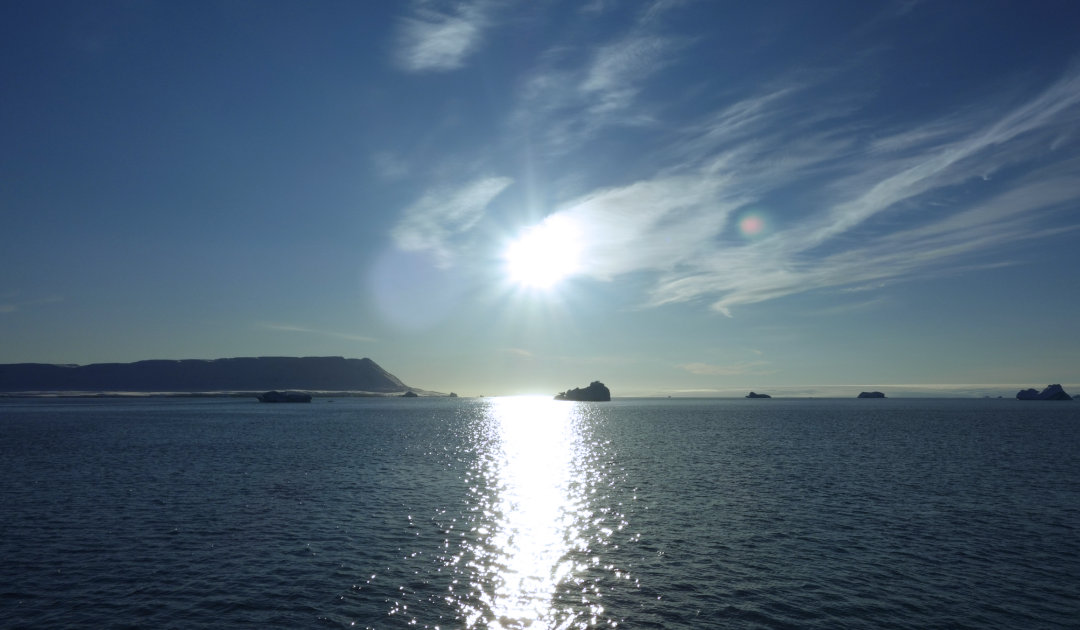
The international waters of the Arctic are now protected from fishing thanks to the agreement of its 5 border states. The latter have already paid the price of poor fisheries management, which has prompted them to come to the negotiating table.
In the middle of the Arctic Ocean, international waters are the scene of a treaty on industrial fishing since June 2021. Cambridge University Press has just printed an article co-authored by two international law scholars, Cayla Calderwood and Frances Ann Ulmer, tracing the history of the moratorium. This article is published 6 months before the next meeting of countries committed to the non-exploitation of Arctic fisheries. This stage will consist of the publication of specific protection measures for each member state.
“Arctic countries have learned that overfishing in international waters near their borders is damaging their fish stocks, because they are straddling stock,” the publication’s authors point out. The United States, Norway and Russia have been the victims of this principle between 1952 and 1999 around two small international enclaves: the Donuts Hole in the Bering Sea and Loophole in the Barents Sea. Fish stocks have collapsed for saithe and cod, respectively.
The moratorium in the Arctic was based on the history of the two enclaves, in which diplomatic levers were difficult to pull, ecosystems were difficult to predict, and a negotiating table with countries engaged in exploiting the presumably “gold mine” of cod was impossible to set up.
Around the Donut Hole, Russia and the United States of America finally decided in 1988 to cooperate to establish an international procedure for regulating fisheries in the enclave. This forerunner cooperative system is one of the pillars of former President George W. Bush’s call for an Arctic moratorium in 2008.

The other pillar being the United States’ own experience of poor fisheries management around Alaska. The discovery of hard corals in the net of trawls in the Bering Sea has initiated a major discussion between scientists, fishing companies, managers, authorities and indigenous people. The existence of coral reefs in cold, deep waters was unknown at the time.
A coalition agreed on the importance of protecting habitat and stopping trawling in Alaska’s coral reefs. This, based on scientific arguments, was finally adopted in 2005. Inuit communities are now considering a moratorium on fishing in Arctic waters, concerned about deep-sea trawling. An idea promoted by Caleb Pungowiyi (1941-2011), president of the Inuit Circumpolar Conference.
Between 2008 and 2019, the five Arctic countries: Canada, the United States, Russia, Denmark and Norway had gradually integrated the People’s Republic of China, the Republic of Korea, Iceland, Japan and the European Union in the signing of the treaty on the regulation of fishing in these international waters.
The conflict between Russia and Ukraine could affect relations between the Arctic countries. “Russia can leave the treaty or the other states could organize its departure, this would be a painful divorce like the United Kingdom and Europe during the Brexit,” explains Anne Choquet, a lawyer specializing in polar space law.
In this context of global change, each Arctic country will have to manage new fisheries such as saithe in the Chukchi Sea. In the meantime, the choice of the precautionary principle before fishing has even begun in international waters, is the success of a management model where science precedes exploitation.
Camille Lin, PolarJournal
Learn more about this topic:





